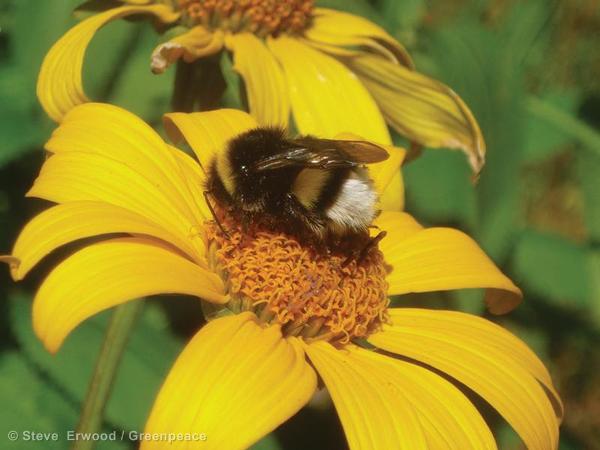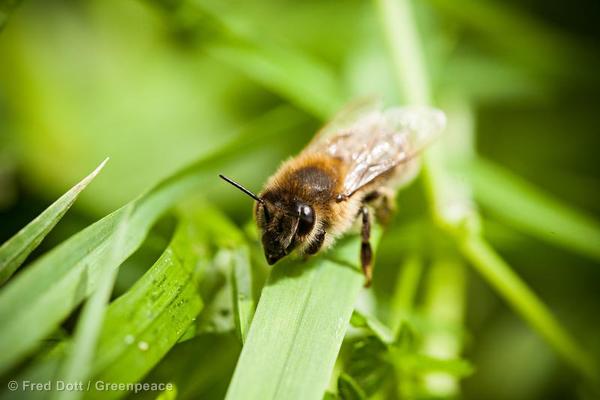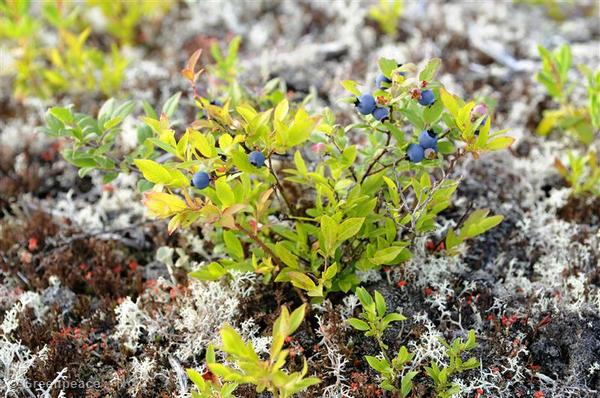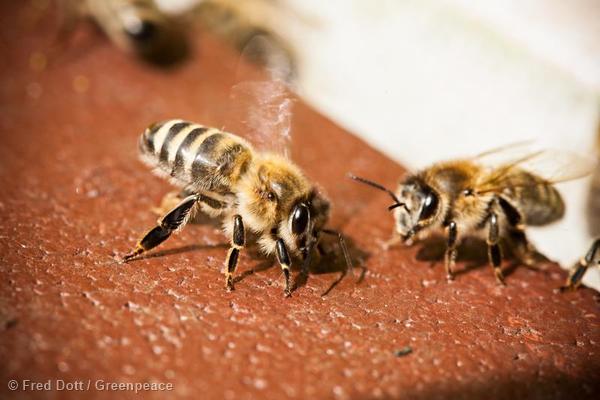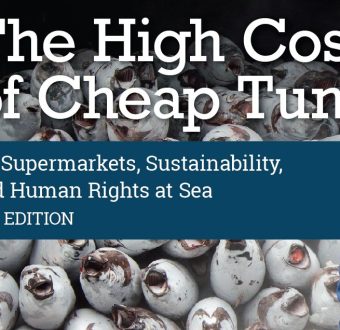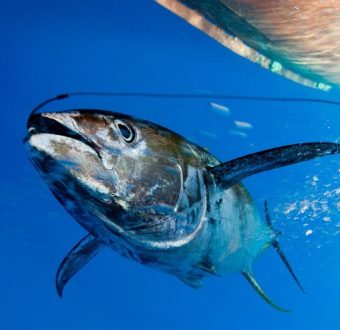Its National Pollinator Week, seven days the US government sets aside to honor the butterflies, birds, beetles, and bats that keep a lot of our plants (and food supply) going. But if youve been paying even the most casual attention, you probably know that that bees, particularly honeybees, are in some serious trouble.
Colony Collapse Disorder is decimating bee populations in the U.S. and Europe. For years, scientists have been trying to understand its causes. But a recentstudy by Harvard scientists confirms what many in the EU have already taken to heart: a group of pesticides called neonicotinoids are, in large part, to blame.
While were super concerned about bees and believe, like any sensible people, that their problems are our problems, we’re not here to talk about Colony Collapse Disorder right now. We think it’s a bummer that so much of the press around bees is about catastrophe, pesticides, mites, viruses, and doom and gloom, while the other great discoveries around bees which seem to pop up constantly get little fanfare. So here’s a little sampling, just from the past couple months.
Small brain, big maps
Animal pollinators like birds and butterflies use the sun as a navigational tool, sort of like a compass. Mammals, on the other hand, tend to create mental maps using landmarks. Recent research is showing that despite their tiny brains, bees may actually do both, creating cognitive maps using memorized landscape snapshots to find their way home, at times when the sun cant be relied upon.
Bees are better than water
Researchers in California found that neither lack of fertilizer nor insufficient watering were as damaging to almond yields than a lack of bees and other wild pollinators. In other words, the presence of bees is more important to crop yields than fertilizer and sufficient watering(WHAT?!) As climate change sends us down a path of food insecurity, preserving bee populations is that much more urgent.
Berries are better with bees
Pollination by bees doesnt just make more fruit, it makes better fruit. Researchers found that strawberries pollinated by bees were redder, better formed, heavier, firmer, and had better sugar-acid ratios (a marker of flavor) than self-or-wind pollinated strawberries. Another study found similar results when diverse bee species visited their blueberry plants. The economic implications of better berries with longer shelf lives are self-evident, but for most of us, thats not the point, is it?
Get your wag on
The waggle dance is how honey bees show hivemates the direction and distance of the good stuff. A recent study shows the waggling bees tend to urge their peers toward nature reserves and rural areas that are managed for agri-ecological diversity. Heavily managed, conventionally-farmed areas are low on bees priority list, even when they house nectar rich flowers. Why? Well dont they sound boring to you too?
Buzzed Bees
A recent study showed that bees experience improved long-term memory (along with a predictable mild high) when visiting plants who provide them with caffeine. The caffeine acts as a kind of reward, perhaps provoking bees to remember where they found it. The report also found that bees like to visit those plants in the morning and again at 3pm, when the workday feels like its never going to end. Actually that last part is me.
Rambling men
Neotropical orchid bees, which evolved to depend on year-round warm and moist habitats, are really at risk, as climate change and habitat loss from deforestation have taken a toll on their homes. Fortunately for their continued survival, a sexual variation in orchid bees that has males traveling up to 7km a day means that genetic variation and vitality may be maintained, across fragmented habitats. Its probably best not to ask where those guys have been though, unless you want to hear bad excuses. They may travel far and use their mental maps to get home, but scientists are still pretty sure bees are bad liars.
Stuff like this comes out in science journals all the time. There are thousands of scientists all over the world whose job is to figure out new things about bees. That’s their job. Where did I go wrong?
During this National Pollinator week, can we expect legislation from the White House and President Obama about protecting our bees and pollinators? Might we finally see legislation to limit the use of neo-nicotinoids?
Were not holding our breath, but we hope so.

